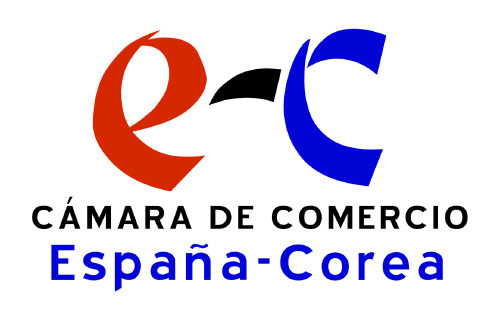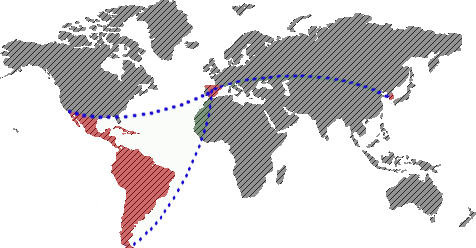Economy
Spain has been a full member of the European Union (EU) since 1986 and the euro was adopted as the single currency, replacing the Spanish Peseta in January 2002. It has the fifth largest economy within the EU and the twelfth largest in the world. After 15 years of solid GDP growth, thanks largely to the construction sector, Spain‘s economy was hard hit by the global financial crisis and entered into recession in the second quarter of 2008.
Housing sales and construction have declined dramatically and in 2010 the unemployment rate was 20.1 percent, the second highest in the EU. The government introduced the first austerity reforms in May 2010, aimed at reducing its large budget deficit which, at 9.2 percent of GDP in 2010, was the third largest in the eurozone after Ireland and Greece. While the economy is expected to post positive growth in 2013, this will be constrained due to public spending cuts. It is estimated that the Spanish economy will grow by 0.5 percent in 2013.
Industry
Manufacturing accounts for 12.6 percent of GDP and the key industries are automobiles (Spain is the world’s eighth largest manufacturer of motor vehicles), food and beverage products, leather goods and metal-based manufacturing. Spain’s construction, infrastructure development and real estate groups were among the largest in Europe, but both industries have now contracted significantly. The services sector accounts for 65.6 percent of GDP, with tourism being an important industry. Spain is the world’s third largest recipient of foreign tourists. Agriculture’s share of GDP has fallen, but continues to be a valuable sector, with Spain exporting fruits, nuts, olives, tomatoes and peppers.
Investment and Foreign Trade
Exports are an important part of the Spanish economy. In 2010, around three-quarters of the country's total exports went to the EU, with France being the single largest export destination receiving 18.3 percent of exports, followed by Germany (10.5 percent), Portugal (8.9 percent) and Italy (8.8 percent). As with exports, the primary sources of Spanish imports are the EU nations, mainly Germany, France and Italy.
As part of the EU, Spain has favourable policies towards foreign direct investment (FDI). The largest investors in Spain are the United Kingdom, France and the United States. Over 50 percent of Spanish merchandise exports are produced by foreign multinationals located in Spain.
Political
Spain is a parliamentary monarchy, with the head of state being the King Juan Carlos I. Executive power in Spain lies with the Council of Ministers. It is headed by the President of the Government (Prime Minister) who is elected by the lower house of parliament and then confirmed by the king. The current Spanish President, Mariano Rajoy, was elected in November 2011. The Spanish national parliament (the Cortes) is made up of two houses.
Elections are held every four years and the next elections will be in 2015. Spain is divided into 17 autonomous regions or provinces. Each region has a Regional President, who reports directly to the President of the Government.
Sector Opportunities
Apparel
Due to its mild climate, the diversity of its geography and the large number of tourists visiting the country every year (51 million approximately), outdoor activities and sports are very popular in Spain (skiing, golf, climbing, biking, etc.). Spanish consumers pay high prices for quality sports gear and fashion items, and a number of American and Australian firms are already present in the market.
Education
Over 200,000 Spanish students travel abroad every year to undertake secondary, tertiary or summer-course studies, the most popular destinations being the United Kingdom, Ireland, the United States, France and Germany. Countries such as New Zealand, Australia and Canada are also growing in popularity.
Environment
As the world´s second largest producer of solar power and third in terms of wind energy, Spain has become a global leader in renewable energy technology and infrastructure. Large resources allocated recently to Spain’s environmental budget confirm increasing investment in pollution control and water resources equipment. Specific plans and projects at a national and regional level support Spain’s environmental policy. Water is an increasingly scarce resource in Spain due to the impact of climatic change, and a major concern for industry and Government.
Waste treatment is a rapidly growing sector in Spain and Portugal, pushed by increasing amounts of waste being generated as the economy expands and pulled by growing green consciousness, the economics of materials recovery or energy conversion and EU / Kyoto legislation. EU structural funding is also available for major environmental projects.
Farming Equipment and Technology
Spain is the second largest EU country in terms of sheep and cattle numbers, and it also has large pig, goat, poultry and beef industries. Livestock, dairy and poultry have traditionally been the most important sectors in terms of value of agricultural production in Spain, while horticultural crops (citrus, olives, vegetables, etc) account for 70 percent of Spain's agricultural exports.
Food and Beverages
One of the most notable features of the Spanish market is the importance of its tourist industry. Spain receives 51 million tourists per year, resulting in significant demand for high-value and consumer ready products from the Hotel Restaurants and Institutional (HRI) sector during the summer months. Also, as in many EU countries, there is an emphasis on more natural, sophisticated and healthier food items.
Telecommunications
There are opportunities for Korean exports in the telecommunication sector, including new technology, equipment and software. Spain’s national telecommunications market was liberalised in 1999. The Spanish telecommunications sector has shown record growth in the cellular phone and internet application sub sectors, digital networks and associated technologies.





